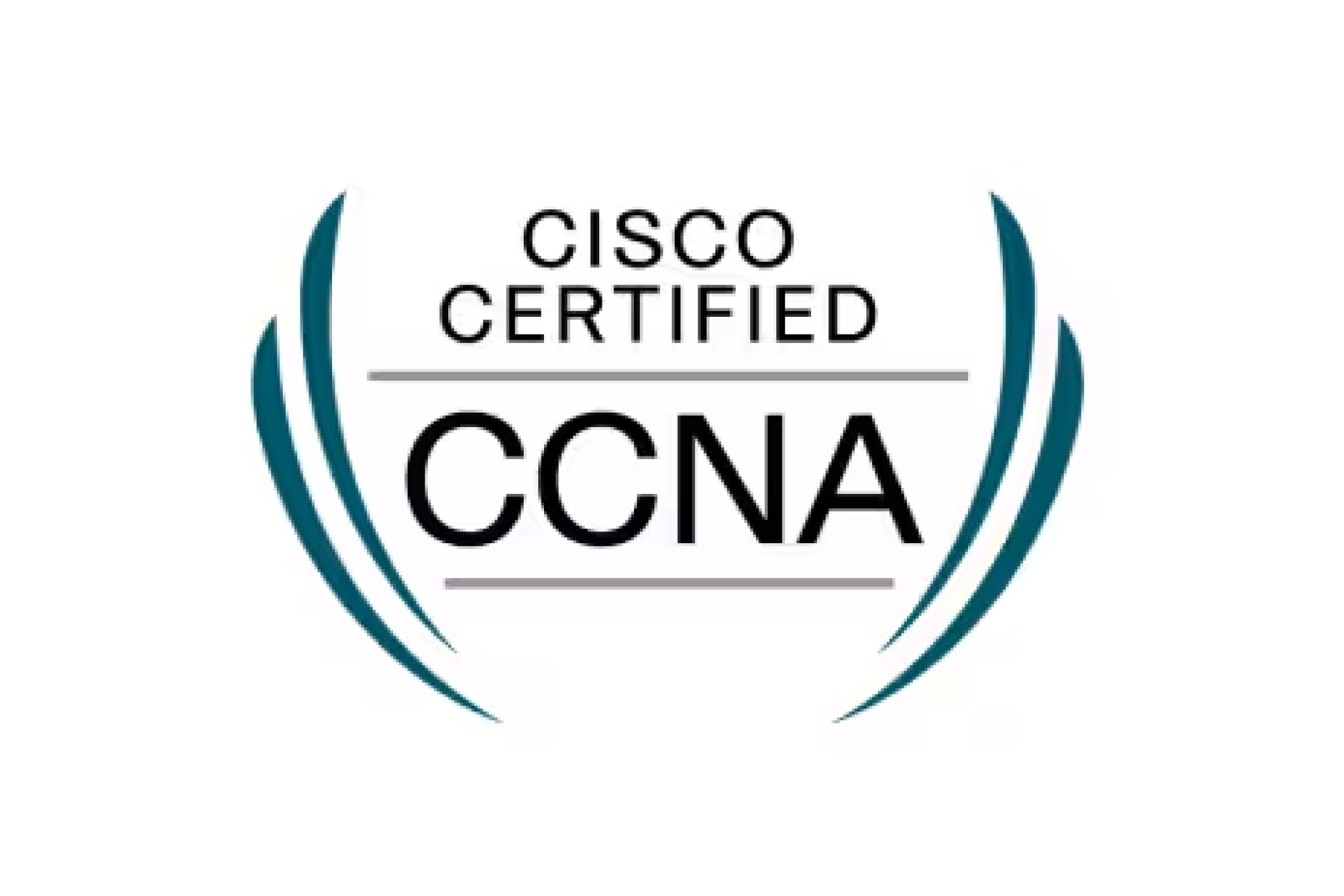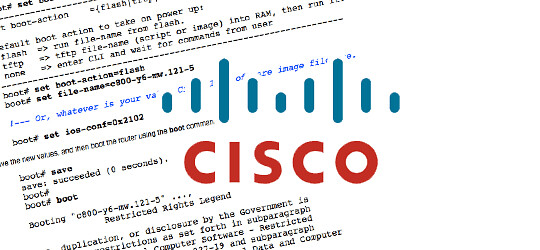
In today’s fast-paced business environment, change is inevitable. Whether it’s upgrading your IT systems, modifying security protocols, or implementing new business processes, managing these changes efficiently is crucial. For business owners, managers, HR professionals, and IT specialists, a well-structured change management process can be the key to minimizing disruptions and optimizing performance. This blog post will guide you through the essential steps of a successful change management process, with a focus on IT networking and security.
The Importance of a Change Management Process
Every business, regardless of size, must adapt to survive. Implementing a change management process can dramatically reduce the risks associated with change. A systematic approach ensures that changes are planned, documented, and executed in a controlled manner, thereby minimizing potential disruptions. For IT and security teams, this process is particularly critical as they deal with sensitive systems and data that require careful handling.
Businesses that invest in change management processes often see a significant reduction in errors, better stakeholder communication, and enhanced performance. By being proactive rather than reactive, these businesses can maintain continuity and align changes with their strategic goals.
Change Identification and Request
Change initiation is the first step in the change management process. Changes can be proposed by team members, vendors, or through routine maintenance and upgrades. Recognizing the type of change is crucial for determining the level of scrutiny and approval required.
Types of Changes
- Standard Changes
Standard changes are pre-approved modifications that follow established procedures—think of routine patch updates or hardware replacements that have minimal impact. These changes are low-risk and typically do not require detailed assessment each time they’re implemented.
- Normal Changes
Normal changes involve non-routine but planned modifications such as firewall updates or the introduction of new software. These require formal documentation and approval due to their potential impact on systems and operations.
- Emergency Changes
Emergency changes are unplanned and critical, often required to address immediate issues like security breaches. While these changes prioritize speed over thoroughness, they still need post-implementation review to ensure they haven’t introduced new risks.
Change Request Form
A well-documented change request form is essential for capturing all relevant details. This form should include a description of the change, its objectives, an impact analysis, proposed timelines, and a rollback plan to mitigate any unforeseen issues.
Impact and Risk Assessment
Assessing the potential impact and risks associated with a change is a crucial step in the process. This stage involves technical, security, and user impact assessments.
Technical Assessment
Reviewing how the change will affect network architecture, performance, and dependencies is critical. A thorough technical assessment helps prevent disruptions and ensures the system’s integrity.
Security Assessment
Evaluating the security implications of a change helps identify potential vulnerabilities. This includes assessing how sensitive systems might be exposed and ensuring compliance with security standards.
User Impact
Understanding how changes will affect users is vital. Consider potential downtime, changes in performance, and how these might impact user experience. Proper communication can help mitigate negative user reactions.
Risk Level Classification
Classifying the level of risk associated with each change can help prioritize actions and resource allocation:
- Low – Minimal impact, routine changes that pose little risk.
- Medium – Moderate risk, involving critical systems but with mitigation plans.
- High – Significant potential for downtime or security risks, requiring extensive planning.
Approval Process

Securing the appropriate approvals is essential to ensure changes are justified and beneficial. The Change Advisory Board (CAB) plays a critical role in this phase.
Change Advisory Board (CAB)
The CAB is a team of cross-functional experts including network engineers, security officers, and system administrators who review and approve changes. Their diverse expertise ensures that all aspects of a change are considered.
Pre-Approval
Routine, low-risk changes can sometimes be pre-approved. Automation or Standard Operating Procedures (SOPs) can streamline this process, saving time and resources.
Emergency Change Approval
While emergency changes require rapid implementation, they still undergo a review process post-implementation to ensure no new risks have been introduced.
Planning and Scheduling
Effective planning and scheduling are key to a successful change management process. This includes creating a detailed plan and testing the change before it goes live.
Change Plan
A comprehensive change plan outlines the steps needed to execute the change. It details task assignments, timelines, resources, and rollback procedures in case the change doesn’t go as planned.
Testing
Testing changes in a non-production environment helps validate their success without risking live operations. This testing phase is essential for identifying potential issues and ensuring smooth implementation.
Scheduling
Timing changes to coincide with maintenance windows or periods of low activity can minimize disruption. Scheduling is crucial to ensure minimal impact on business operations.
Communication
Clear communication is vital to the success of any change management process. Informing stakeholders about upcoming changes and potential impacts helps manage expectations.
Stakeholder Communication
Notifying relevant stakeholders about changes, including expected downtime and service impacts, is essential. Transparency fosters trust and cooperation.
Escalation Contacts
Providing clear escalation contacts ensures that any issues during the change process can be promptly addressed. Having a plan for addressing concerns can prevent minor issues from becoming major disruptions.
Change Implementation
During the implementation phase, the assigned team executes the change according to the plan. Real-time monitoring during this phase ensures that any performance issues are quickly identified and addressed.
Implementation Team
The implementation team is responsible for carrying out the change as planned. Their expertise and attention to detail are crucial to the change’s success.
Monitoring
Real-time monitoring allows the team to track the change’s impact and address any issues immediately. This proactive approach minimizes disruptions and ensures smooth operations.
Rollback if Needed
If the change causes unanticipated problems, having a rollback plan ensures a quick return to normal operations. This plan minimizes downtime and mitigates risks.
Post-Change Review and Validation

After implementing a change, it’s important to verify that everything is functioning correctly and that the desired outcomes have been achieved.
Post-Implementation Testing
Testing systems post-change confirms that they are functioning as expected. This ensures that the change was successful and that no new issues have arisen.
Security Validation
Verifying that no new security vulnerabilities were introduced during the change is crucial. This assessment helps maintain the integrity and security of systems.
User Feedback
Gathering feedback from users provides valuable insights into the change’s impact. User input can highlight any issues or areas for improvement that may not have been apparent initially.
Documentation and Reporting
Documenting the change process is vital for maintaining transparency and accountability. This information is crucial for future reference and continuous improvement.
Change Log
Recording the details of the change, including deviations from the original plan and any issues encountered, helps build a comprehensive change log. This log serves as a valuable resource for future changes.
Post-Change Review Meeting
Conducting a review meeting post-change, especially for significant changes, provides an opportunity to discuss lessons learned. This reflection helps teams improve their processes and avoid repeating mistakes.
Metrics and Reporting
Tracking metrics like downtime, incidents caused by changes, and change success rates allows for continual process improvement. These metrics provide valuable insights into the effectiveness of the change management process.
Continuous Improvement
A successful change management process is dynamic and evolves over time. Continuously learning from past experiences and refining processes ensures better outcomes.
Lessons Learned
Documenting insights from both successful and failed changes helps improve future processes. These lessons provide guidance and prevent the recurrence of similar issues.
Process Refinement
Regularly reviewing and updating the change management process to incorporate new technologies and address changing business priorities ensures that it remains effective and relevant.
Key Considerations for Networking and Security Changes
Networking and security changes present unique challenges. Special considerations are necessary to maintain security and compliance.
Security Impact
Always assess the potential vulnerabilities introduced by a change. This assessment ensures that systems remain secure and protected.
Compliance
Ensure that changes comply with industry regulations such as GDPR or PCI DSS. Compliance is crucial for maintaining trust and avoiding legal issues.
Redundancy
Implement high-availability or failover mechanisms to prevent service disruptions during changes to critical systems. Redundancy ensures continuous operations and minimizes risk.
Conclusion
A well-structured change management process is essential for minimizing risks and ensuring the seamless implementation of changes. By systematically planning, documenting, and executing changes, businesses can achieve their goals while maintaining operational continuity. Implementing a robust change management process not only aligns IT and security changes with business objectives but also fosters a culture of continuous improvement, making organizations more resilient and adaptable in a rapidly changing environment.







